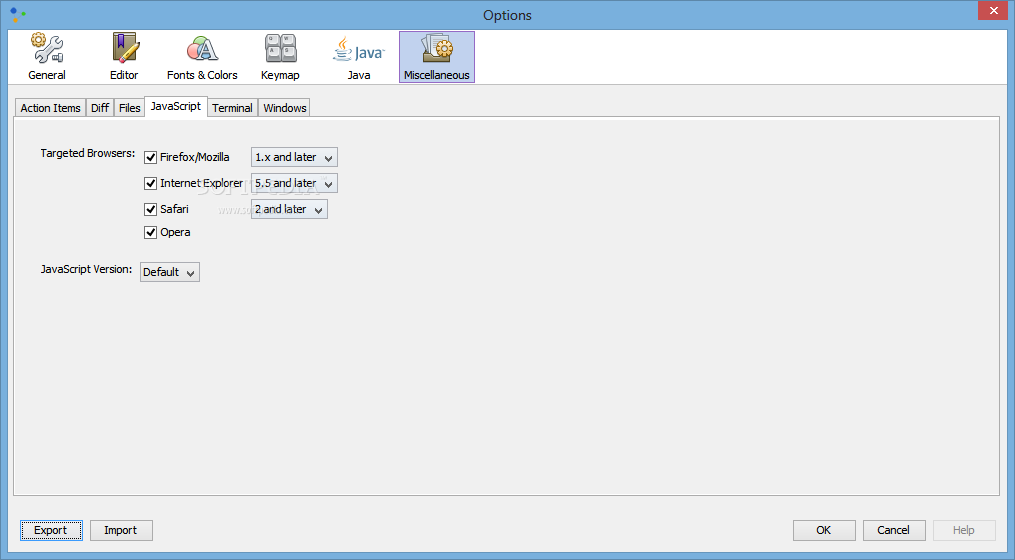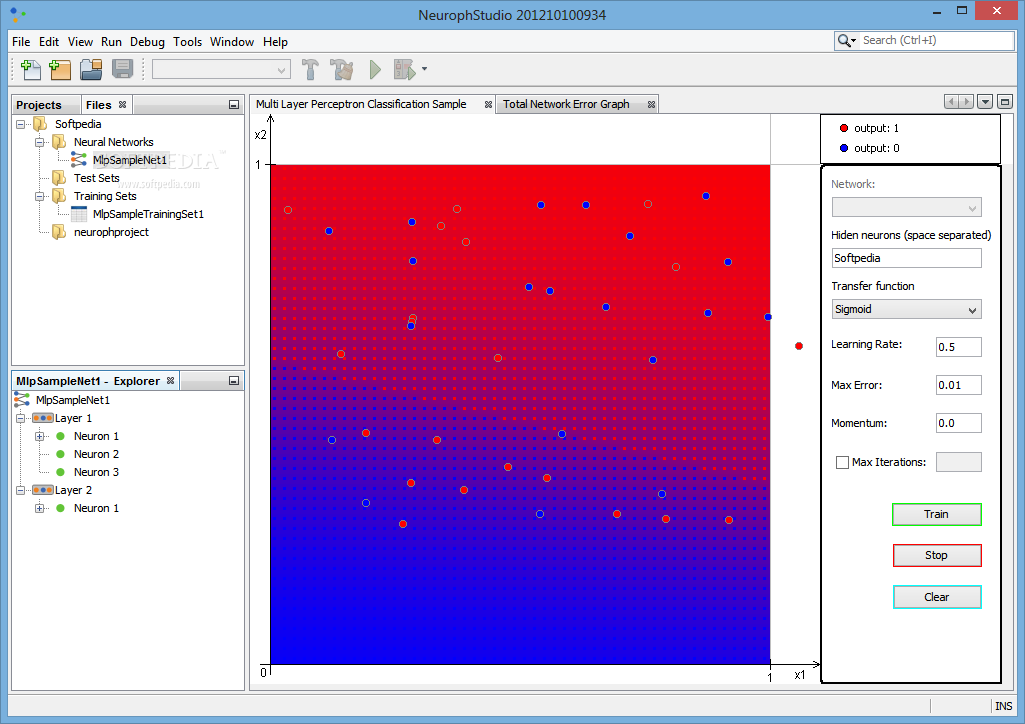

Step 1:Ĭreate Face API service in MS Azure as displayed below: To implement these steps, you need to have a Microsoft Azure subscription.
#FREE HAIR RECOGNITION API CODE#
The following example is based on Windows OS and source code is purely in C#. Quick steps to implement Microsoft Azure Face API This helps your application to perform face detection and recognition. You can create your own Face API service using the Azure portal. Users with a Microsoft Azure subscription can implement Face API, since it is a paid service. That means, your application will work across the globe. Emotion API analyzes these emotions based on universal standards of categorizing facial expressions. This is a cloud-based API that detects emotions such as happiness, sadness, neutrality, contempt, anger, disgust, fear, and surprise. MS Azure Emotion APIĮmotion API provides you an incredible personalized experience by allowing you to build an application that recognizes emotions from facial expressions. Face API uses the shared visual traits to group similar looking faces. Once Face API identifies the faces, it will verify to find out whether two people in an image or images are the same by using a confidence score, or compare it against a database to find out whether an identical face already exists. Identify any previously tagged people in images.Consolidate images into groups based on their visual similarities.Detect human faces and search for similarities.State-of-the-art algorithms detect human faces in images, opening a range of facial capabilities to your applications.


The attributes comprise age, gender, emotion, pose, smile and facial hair, in addition to 27 other landmarks for each face identified in the given image. Along with this, Face API also shows attributes that include machine-learning based predictions of facial features. Face API can detect one or more human faces in an image and display face rectangles to highlight the faces in the image.

Microsoft Azure Face API offers advanced algorithms that detect human faces in digital images. In this post, we will have a look at how Microsoft Azure Face API helps in face detection and recognition. Face recognition-powered analytics solution plays a significant role in many industries, since it reduces the gap between business and customer.Ĭurrently, numerous open source codes are available in the market for face detection and recognition, out of which, the most widely used solutions are OpenFace, OpenCV using EMGU. Incorporating face detection and recognition technologies in businesses allows you to generate vast amounts of useful data, that can be further analyzed to derive advanced insights and business intelligence. Source could be any of these: a scanned photograph, a live video stream or a CCTV footage. Here also, source is not a matter of concern. In Recognition, the system recognizes a known face in a digital image with a known name. In Detection, the system identifies human faces in digital images, irrespective of the source of the image. Face Detection and Recognition – An Overviewįace Detection and Face Recognition are two distinct concepts that differ completely from each other, though recognition builds upon detection. Before we move on, let us have a quick glance at the two terms- face detection and face recognition. Face recognition is a biometric method of identifying (recognizing) an individual by comparing live capture or digital image data against the stored record for that person. Today, this technique finds its application in a broad range of industries including retail, event management, hospitals, academies, defense wings, government departments, commercial establishments, banks, and financial institutions. Facial recognition (or face recognition) systems are commonly used for security purposes.


 0 kommentar(er)
0 kommentar(er)
